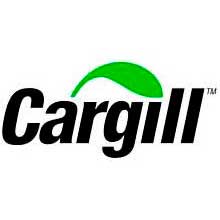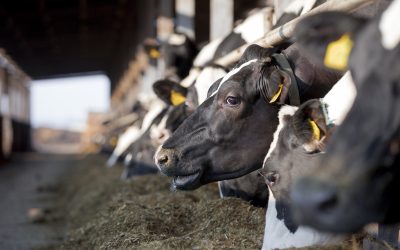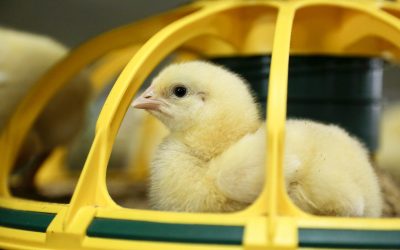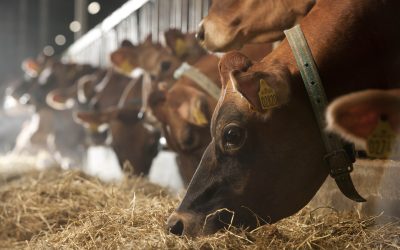Keeping cool and reducing the risk of heat stress
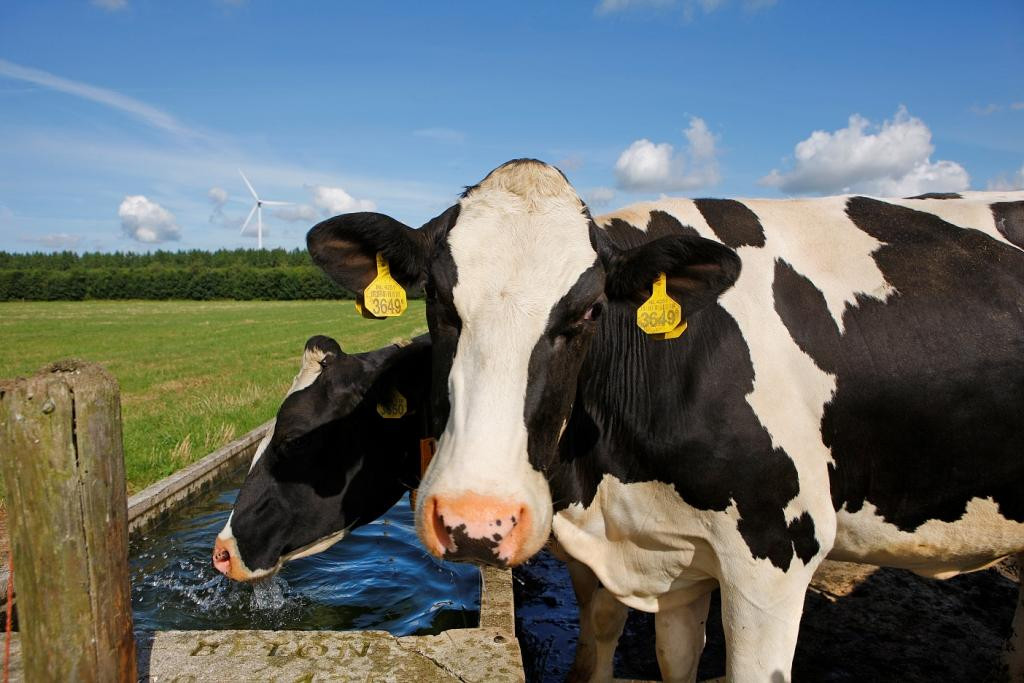
Heat stress in dairy cows carries a price tag. A combination of warm, humid weather can cause heat stress and reduce milk production and fertility. During summer, producers should be on guard and take advantage of nutritional strategies that can prepare the cow for adverse conditions in high risk months that can occur even in moderate climates in Europe.
Cows have a limited capacity for controlling their body temperature. And today’s high yielding cows produce more heat, but their ability to lose heat through evaporation and radiation has not increased significantly. So the risk of heat stress is now greater in our dairy herds.
Measuring heat stress
The heat stress a cow experiences is dependent not only on temperature but also on relative humidity. So even though the summer temperatures in northwest Europe are moderate, the combination with high humidity encountered in countries like Germany, Belgium, the Netherlands and the UK can still result in heat stress.
A useful index that helps determine when cows are at risk of heat stress is the temperature humidity index (THI). Figure 1 illustrates the combinations of humidity and temperature that result in a THI of 68 – above which is when a high yielding cow will typically experience heat stress.
Figure 1 – Interaction between temperature and relative humidity provides a Temperature Humidity Index. Cows experience heat stress above a THI of 68 (orange area).

Timing of heat stress is difficult to predict
Periods of heat stress can occur between June and September but they are difficult to predict. Figure 2 shows Dutch data with frequent but unpredictable periods throughout summer where the THI rises above 68 and the cows are at risk of heat stress.
A word of caution: the THI in the barns at cow level can be between three and seven points higher than the THI outdoors. Poor and inadequate ventilation in buildings can affect humidity too, and inflate the THI.
Cow behaviour is an indicator of heat stress
Cow behaviour can be a signal of heat stress. In mild cases, cows will start sweating and they will have an increased respiration rate. Panting and drooling can be seen in more severe cases. With sweating and drooling, the cow will lose water, and minerals like Na and K. With panting, more CO2 is expelled. These losses disturb the acid-base balance and increase the risk of metabolic and rumen acidosis.
Heat stressed cows spend longer standing, will crowd in cooler corners of the barn and around water troughs. More standing time can lead to claw problems and reduced rumination time, which in turn reduces feed intake, milk yield and feed efficiency.
Impact on fertility and other metabolic changes
Heat stressed cows are less likely to show signs of being in heat, so reducing the opportunities for breeding. Heat stress can also affect the quality of the reproductive cells and cause reduced fertility and a decline in pregnancy rates.
More recent insights suggest a further metabolic change in cows with heat stress. They seem to prefer to metabolise glucose instead of fat – as this generates less heat. This can lead to muscle tissue breakdown and the catabolism of glucogenic amino acids which reduces milk protein yield and increases milk urea levels.
Significant financial losses from heat stress
A conservative estimate of the financial implications of heat stress in moderate climates is a milk production loss of around 90 kg per cow during a typical summer. Combined with losses due to reduced fertility, this can amount to an annual loss between €6,500 and €14,000 for a 150-cow herd.
Cows subject to heat stress can be prepared by using specific feed additives. Cargill has developed I.C.E. (Internal Cooling Elements), which is specifically geared toward mitigating the effects of heat stress on production and fertility. Rupromin CoolCow has been introduced by Cargill in 2017 in northwest Europe. This on-farm mineral includes I.C.E. plus buffering components that help the cow alleviate mineral losses, support rumen function and help her maintain feed and water intake.
Authors:

Jolien Veneman, Cargill ruminant specialist

Kasper Dieho, Cargill ruminant technology application specialist


